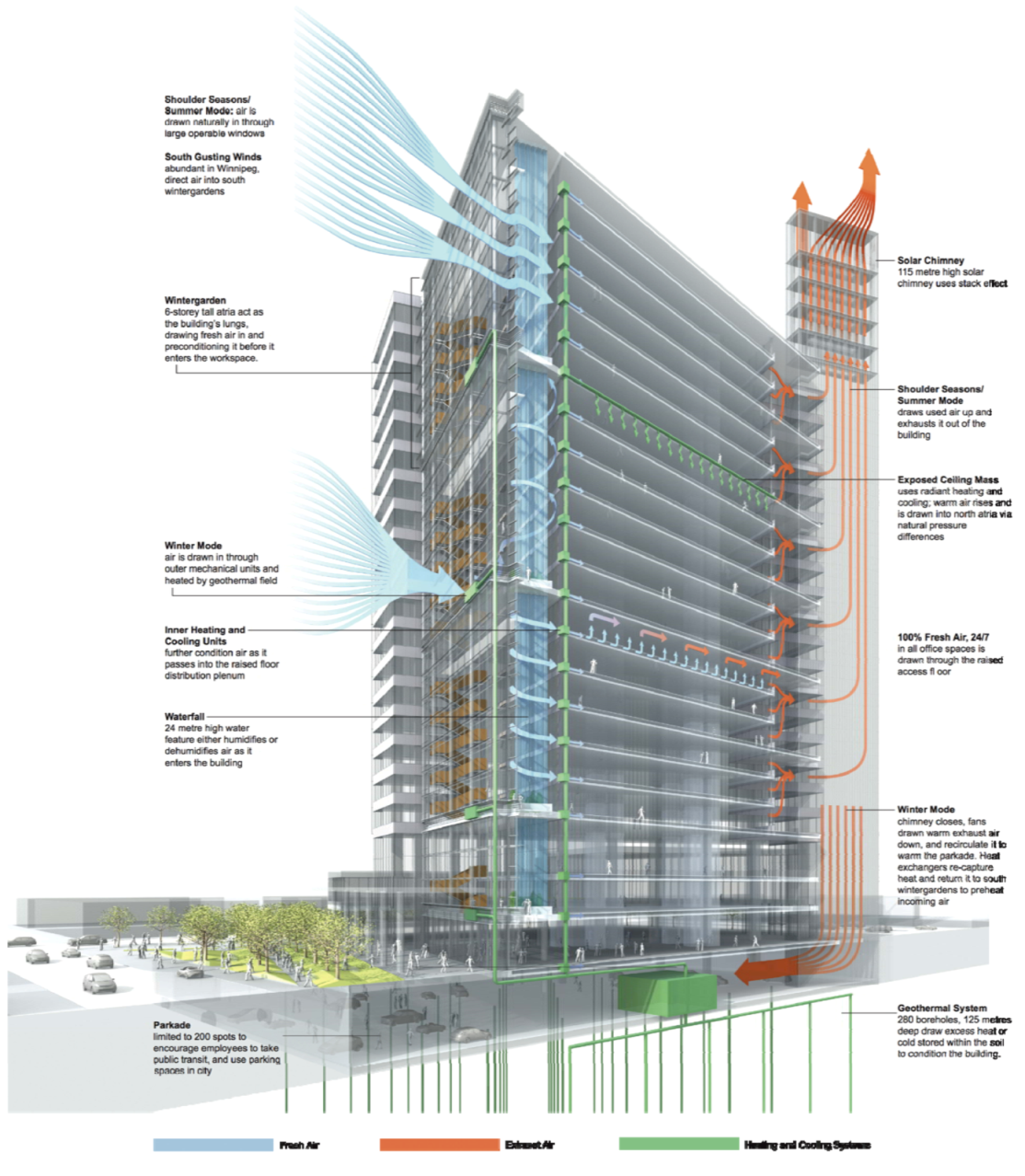

This “precompression” increases the load-carrying capacity to the components and helps control cracking to specified limits allowed by the building code.Īs a fabricated material, precast concrete continues to evolve as new designs require new solutions and members of the design team push the boundaries of what can be achieved. Having bonded to the concrete, the strands attempt to regain their original untensioned length, adding tensile capacity to the precast member that complements concrete's natural strength at resisting compressive forces. Once the concrete has cured to a specific strength, the strands are cut, or detensioned. Prestressing is a method of reinforcing where steel strands are pretensioned in the form before the concrete is cast. Precast concrete components are reinforced with either conventional reinforcing steel, steel strands with high tensile strength, or a combination of both. It is produced by casting high-strength concrete in a reusable mold or form, which is then cured in a controlled environment at a specially equipped plant. Precast concrete consists of concrete that is cast into specific shapes at a location other than its final in-service position. Admixtures or modifying agents and additives are sometimes introduced to improve the characteristics of the fresh concrete, the mixing process, and/or the final hardened material.

Industry watchers maintain that precast concrete is used more and more to help projects meet and exceed their high-performance goals throughout design, construction, and operation.Ĭoncrete is a mixture of aggregates (typically sand and stone) that are bound together by a binder. Integral to high-performance structures are high-performance materials and systems-integrated systems that allow for design versatility and are efficient, resilient, and can be optimized to meet the multi-hazard requirements and long-term demands of high-performance structures. Federal Government Executive Order 13514 which requires government buildings to achieve net zero by 2030. Examples include the new International Green Construction Code, LEED (v.4), ASHRAE 189.1, and the mandate by the U.S. High-performance structures are essential to meeting a variety of demands, and accordingly, green codes and standards, funding entities, and owners are requiring them. Characteristics such as energy and water conservation, safety, security, and durability are no longer just options, but requirements that must be integrated into a structure's overall design, construction, and performance. However, it goes beyond a piecemeal approach by requiring optimization of all relevant attributes for a project. The concept of high-performance encompasses the concepts and practices of sustainability. Precast concrete creates an aesthetic, highperformance envelope for today’s structures.At the heart of this definition is a fundamental shift in perspective from sustainable design and construction to sustainability and performance on a life-cycle basis. This article will provide an overview of what high performance is, and how high-performance precast concrete can help architects meet high-performance goals.Īccording to the United States Government in the Energy Independence and Security Act of 2007 - 401 PL 110-140, a high-performance structure is one that “…integrates and optimizes on a life-cycle basis all major high-performance attributes including energy and water conservation, environmental, safety, security, durability, accessibility, cost benefit, productivity, sustainability, functionality, and operational considerations.” Precast concrete envelope systems inherently offer these attributes, and can be designed to provide many others. Critical to a high-performance building is a high-performance building envelope, that is, an envelope that provides versatility, efficiency, and resiliency. The goal of high performance is to design and build structures that optimize all relevant high-performance attributes on a life-cycle basis rather than a solely first-cost basis.Įssential in meeting project goals from environmental to aesthetic to economic, high-performance buildings are being increasingly required by owners and by legislation. Today these attributes-and others-are subsumed in a more all-encompassing term: high performance. Yet as the environmental movement has evolved, these goals become ever more ambitious. For decades, these have been worthy goals for construction materials and systems.


 0 kommentar(er)
0 kommentar(er)
